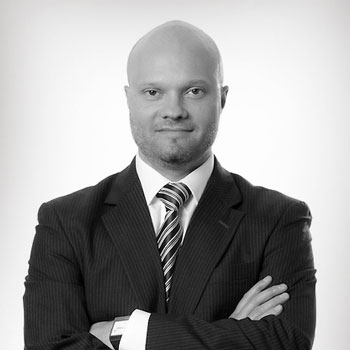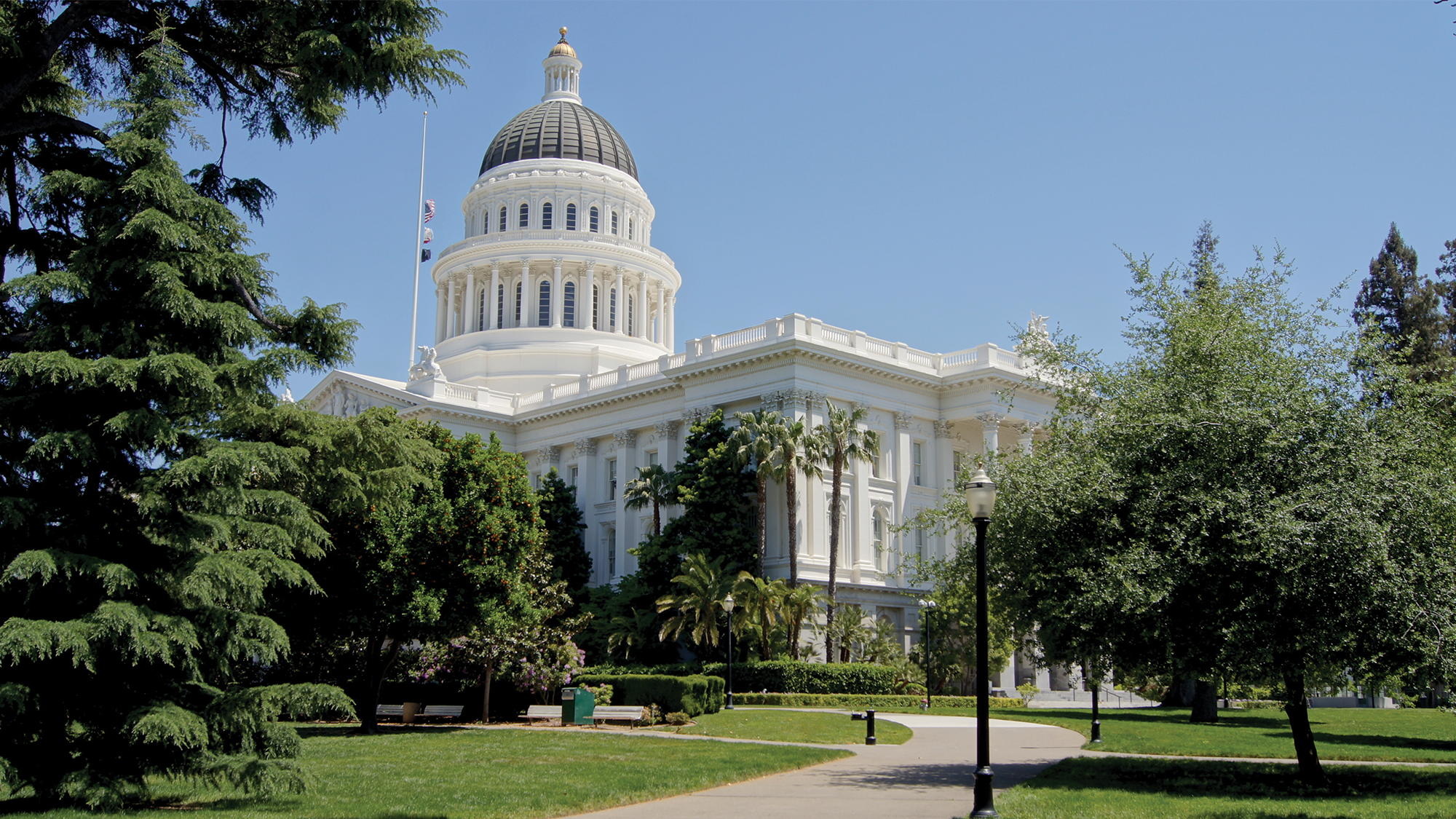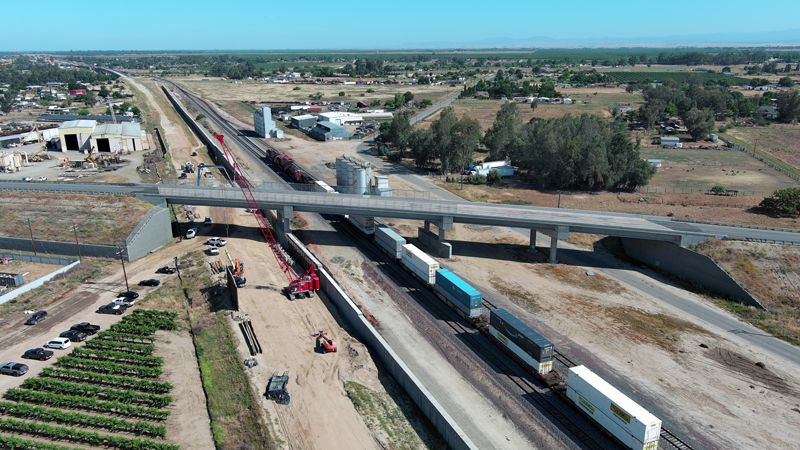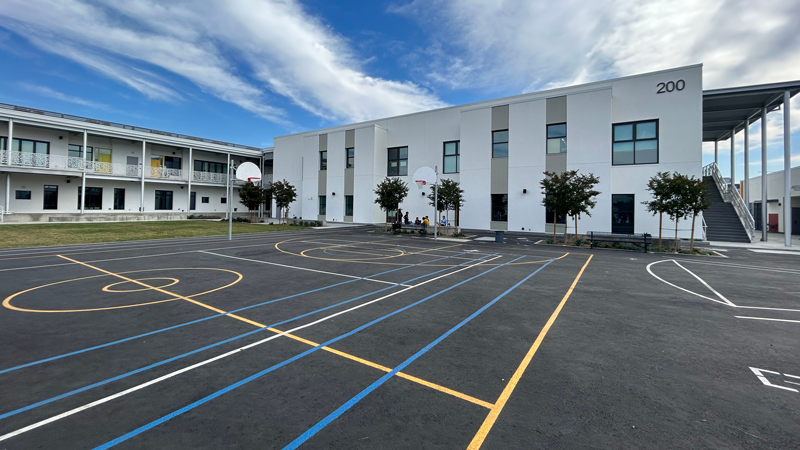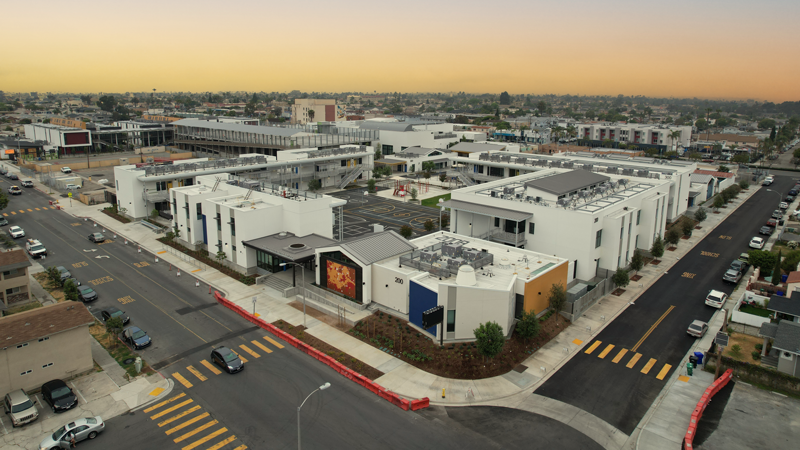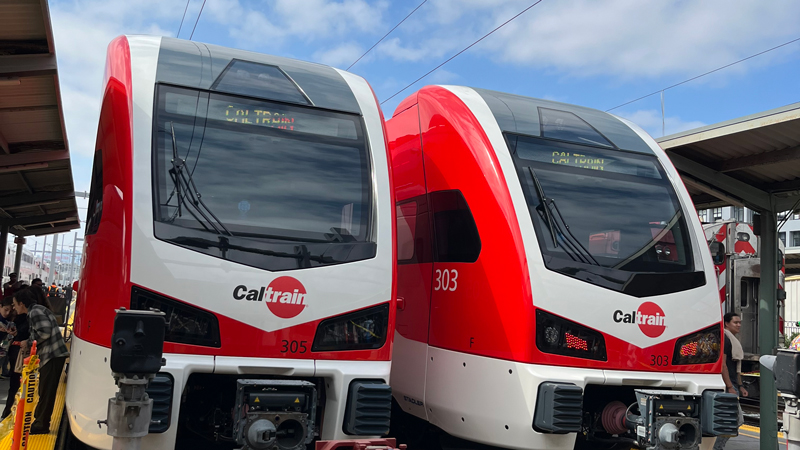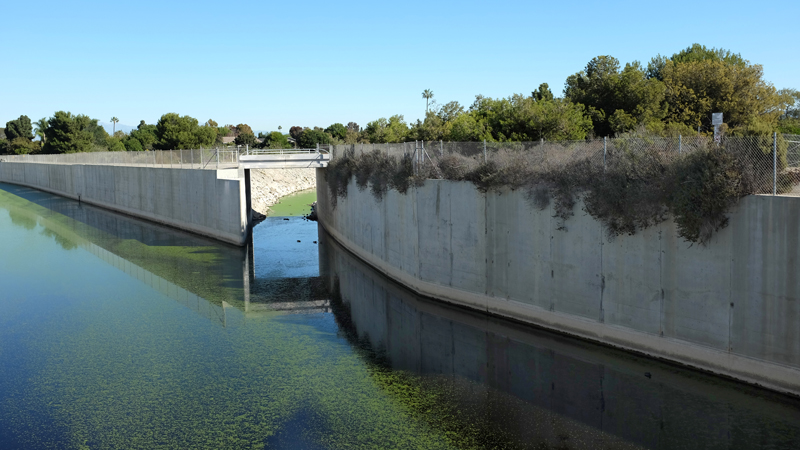7.3 minute read
June 26, 2016
Arie de Geus, author of The Living Company, famously said that “the ability to learn faster than your competitors may be the only sustainable competitive advantage.” Everyone in the A/E/C industry knows exactly what he means. We also know our path to expedited learning is littered with unique challenges.
Look around your office: There’s an entire generational workforce retiring en masse, taking valuable knowledge out the door with them. For many of us, there’s the inherent disconnect between geographically dispersed teams—to say nothing of the sometimes yawning gap between office support and project field staff.
So what’s a firm to do? For Harris, we took a good hard look at our knowledge management practices and found a prime opportunity for improvement in our corporate intranet. We recently completed a major overhaul and I thought I’d share some insights about our experience and some improvements we’ve seen so far.
We’re convinced this upgrade will not only help sustain our own competitive advantage, but will also help our field at large by accelerating the pace of learning for a new generation of professionals.
A Knowledge Management Primer
First, a bit of background. Every firm does some form of knowledge management, or KM, whether they realize it or not. But codifying it seldom happens; it’s a bit of a new frontier in the A/E/C industry—particularly when you are more “E” and “C” such as Harris. And while it may have many definitions, for the purpose of this discussion, KM is the process of capturing, developing, sharing and effectively using organizational knowledge.
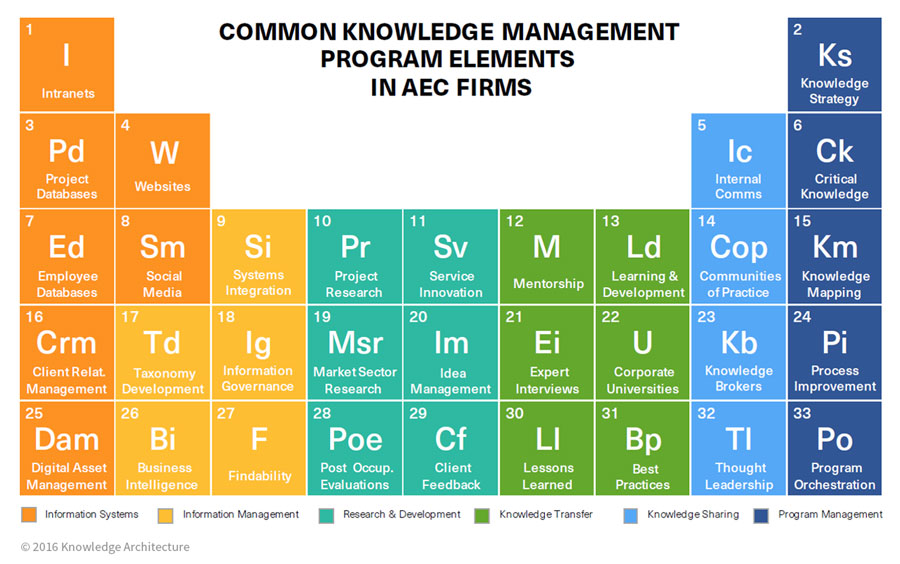
The universe of KM elements in A/E/C firms runs the gamut from intranets and websites to corporate universities, formal mentorship and process improvement programs. At Harris, we already had a more “traditional” intranet run by a small group of communications staff—publishing updates and documents as they were surfaced by technical staff. But it was limiting in the face of managing institutional knowledge at the speed of real life. In addition to the typical intranet functionality, we wanted our new offering to help teammates accomplish:
- Facilitate searchable, peer-to-peer (i.e., less top-down) communication through internal social posting of information. This is perhaps the most significant change from a traditional intranet
- Find project-related content more easily
- Find expertise more efficiently (to answer a client question or produce a deliverable such as a model or permit requirement)
- Collaborate on solving complex problems, which may involve knowledge of relationships rather than techniques
- Prevent loss of know-how and experience to email and one-off conversations
- Build a more connected Harris by keeping field and office staff equally engaged—encouraging them to contribute to many conversations
We advise our clients to get help from the experts. So that’s exactly what we did. We contacted Knowledge Architecture and its Founder and CEO Christopher Parsons to shepherd us through implementing their Synthesis intranet platform. Knowledge Architecture (KA) specializes in building intranets for architects and engineers. While our journey was unique to Harris, it aligned to KA’s best practices, so you can hopefully draw some insights and inspiration from what we learned.
By the People, for the People
Sponsored by our Chief Financial Officer with a small cadre of Intranet champions, we created a delivery team and prepared to follow the proven KA formula. Most importantly, we performed company-wide surveys about our existing intranet first to get a better handle on its strengths and weaknesses. I can’t stress the importance of this step enough. Don’t guess at what your employees want: Ask them!
Also, keep in mind that a KM platform is a work in progress; there will always be an evolution. Everyone needs to be in it together; it’s a more democratic approach to knowledge sharing by nature. Manage expectations, but get people to feel empowered in the process if they are going to actively participate in using the new tool.
“In working with over 90 A/E/C firms, we’ve learned that every Knowledge Management program is different depending on each firm’s business goals, culture, capabilities, and clients. That said, there are certain fundamental best practices—performing end user research, engaging executive leadership early on, and aligning intranet strategy to business strategy—which can help every AEC firm accelerate their growth and improve their odds of success for their KM initiatives. The team at Harris got the fundamentals right and has the results to show for it. Kudos to their team!”
–Christopher Parsons, Founder and CEO, Knowledge Architecture
Using our collected feedback, we worked with KA’s Director of Client Success, Susan Strom, and the Harris intranet project team to implement and roll out the all-new company intranet—HarrisLink. The entire process took about six months, which I would consider par for the course.
The Communities of Practice Approach
No software is a silver bullet for employee engagement. Information must be stewarded by someone close to the given topic; you can’t just have the Wizard of Oz behind the curtain pulling levers. True knowledge management depends on authentic human relationships. Hence the Communities of Practice approach.
A Community of Practice is a group of people who share a common interest on a particular subject matter. The community members identify with the group and have a commitment to its collective competence.
Rather than simply a collection of “departments” whose content was updated and published by a small corporate communications team, we’ve organized the new HarrisLink into communities for common discussion, content sharing, collaboration and research. By organizing around a common set of ideas such as Technology and Projects, we invite curiosity, cross-pollination and a culture of participation across the entire company.
For instance, when a staffer published a post about the project management software Newforma, we gave it tags that display it in the technology, construction management and project conversations—three different lenses that reflect how various users think of it. People from different community affiliations then interacted and spurred insights.
In another example, people from several communities debated environmental CEQA requirements. This sharing translated into awareness of new best practices. Our “nex’perts”—folks in between novices and experts, with plenty of knowledge about their craft—learned nuances from people they would never have thought to approach for advice. That’s what makes this intranet a game changer that jumpstarts innovation and collective knowledge on a subject.
The democratized approach to knowledge sharing where everyone can contribute prevents the bottleneck that happens when a corporate communications professional is the sole arbiter of what gets published. And the transparency is a better cultural fit for us, in part because Harris is an ESOP firm where each staffer is an owner.
Community Managers Smooth the Path
Each community thrives under its own community manager, who simultaneously wears the hats of promoter, advocate, communicator, librarian, knowledge broker and leader. The managers’ engagement and deft touch are essential to keeping the community vibrant and relevant.
Who are they? Passionate volunteers. Hungry, humble, smart nex’perts looking to raise their profiles.
After a handful of training hours, they become the linchpins who keep the communities vibrant. They add to the groups’ speed and effectiveness by modeling the perceptive, trusting, considerate behavior they expect from their colleagues.
They get people past the anxiety of participating and inspire them to post useful items that invite discussion.
Measuring Success
Sure, you can easily get statistics on how many posts and replies reside on your intranet at any given time, but the real measures of success are softer and subtler. When we repeat our periodic internal surveys, will the project field staff feel they’re as connected as the office staff? Are their questions answered more quickly? These are the kinds of results I’ll be searching for.
In our pre-build survey, we learned that people wanted information that’s more current and more accurate. The idea of posting updates and interacting with others online wasn’t as requested by staff, but it’s one of the best surprise-and-delight features of the new HarrisLink so far. When I hear people rave, “Wow, I can do this now?!”, then I know we’re moving the company forward in the right direction—faster.
How are you managing knowledge in your firm? Are you running into any challenges? In the true spirit of the topic, let’s keep the conversation going.
Want to learn more?
Here are a few additional resources which might help you along your Knowledge Management journey:
- VIDEO: Smarter by Design: A Knowledge Management Manifesto for the AEC Industry
- VIDEO: The Seven Habits of Highly Effective Knowledge Management Organizations (including information on Nex’perts)
- ARTICLE: Introduction to Communities of Practice
- BOOK: Cultivating Communities of Practice: A Guide to Managing Knowledge
